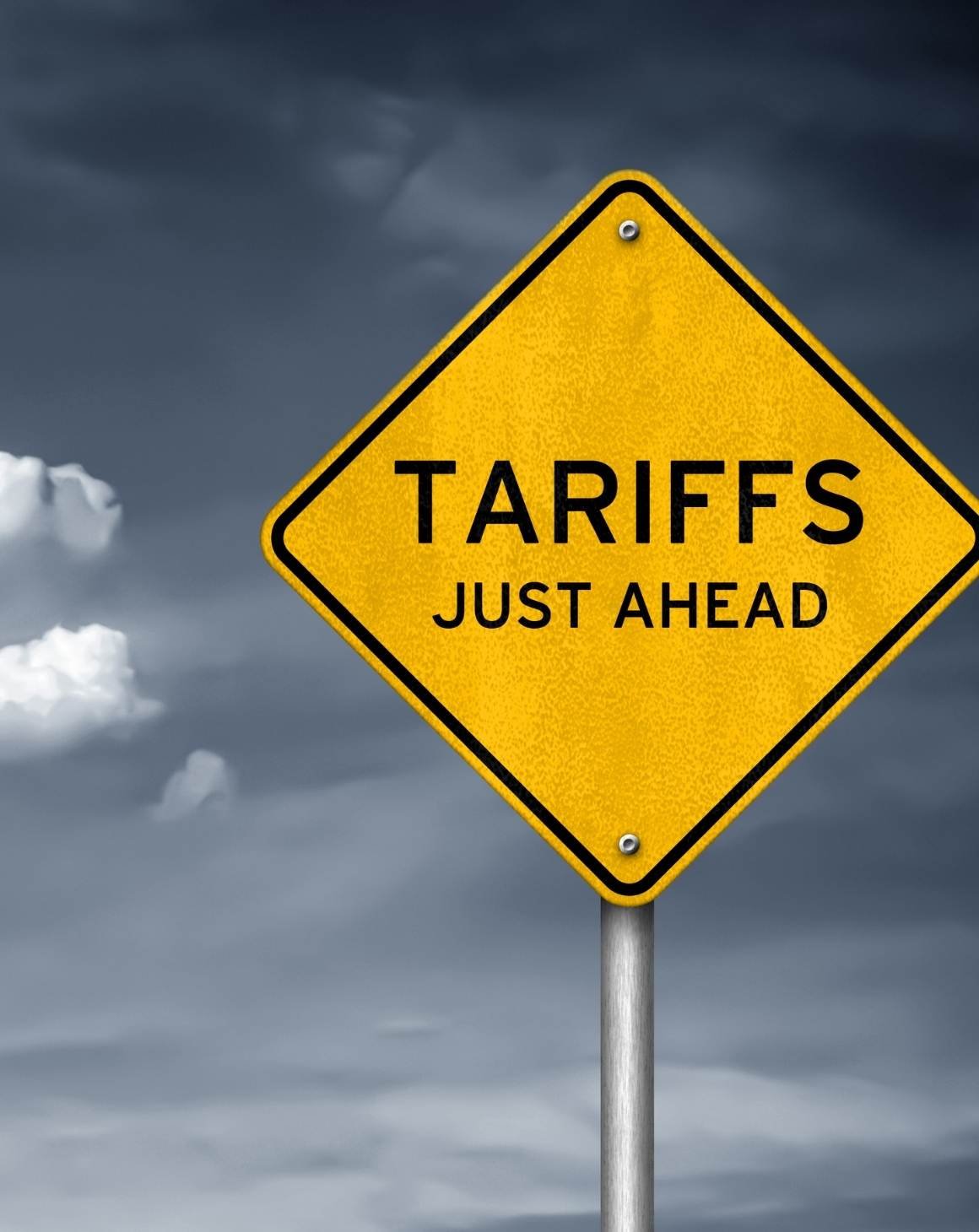How should your brand handle copyright infringement in the age of Amazon?
Anyone out there just a bit confused when it comes to ‘copyright infringement’ online and selling on marketplaces such as Amazon? Well, you are in the right place. I’m about to break it down for you. Grab a pen, a piece of paper, and a snack.
If you own or work for a brand that is constantly fighting the brand protection battle online and looking for any and every ‘hook’ to remove unauthorized sellers, you’ve undoubtedly given the “hey, that’s our photo!” complaint a try with Amazon, Walmart, and/or others (likely with differing results each time).
There are several components of the overall ‘copyright infringement’ inquiry that I’m going to try and simply for you in this article:
- What is a copyright?
- What is copyright infringement in the online marketplace world? (and, yes, what is not)
- Does anyone care? (i.e. Amazon)
- Is copyright enforcement a viable solution in trying to clean up unauthorized sellers?
And here goes…
What is a copyright?
There are a few ways to explain this, but we’re shooting for ‘simple’ here, remember? A copyright is really ‘the right to copy.’ Basically, it is an exclusive right owned by the original creator of the work (and anyone the creator authorizes) to reproduce, print, publish, etc. the work.
You do not need to formally file for a copyright certificate with the US Patent and Trademark Office. By being the creator of the work, you own the copyright to that work. That said, the formal filing provides an extra layer of protection to refute any challenges you may face.
What is copyright infringement in the online marketplace world?
Because it is always the elephant in the room, Amazon will be the focus of my explanation here, but you can pretty much apply these principles across the online marketplace landscape (Walmart, etc.).
Additionally, we’ll keep the scope of this piece to ‘use of imagery (or text)’ since 1) that is the most common pain point and potential enforcement hook for brands and 2) other types of infringement (i.e. pirated copy of a song or reproduction of a painting) are much more straightforward and, frankly, not generally a concern for a brand selling widgets online.
If you’ve spent any amount of time digging into this question, it’s likely you’ve seen this chunk of language from Amazon’s report-an-infringement form plastered in an Amazon seller forum, another blog, or annoyingly on a response from your corporate counsel:

I’ll put in layman’s terms: Once you allow an image to be posted on Amazon, you have absolutely zero right for the rest of time, across the globe to stop anyone else from using that image to sell that product on any Amazon or Amazon-owned site.
On that form, Amazon is regurgitating legal jargon they include in the standard Amazon Services Business Solutions Agreement all sellers accept before selling on Amazon. Specifically, section 4 is the key:

You’re not seeing double. The language is very similar. Sidenote: Section 4 goes on to explain why asking Amazon to remove unauthorized (grey market) sellers based on trademark usage is an exercise in futility.
This ‘thank you for full access to all of your intellectual property’ double-dip is the reason no one is ‘stealing’ or ‘infringing on’ your photo once you’ve posted it on a product listing. Furthermore, if you’ll look above, ‘the rest of time’ had no inventory caveats attached. You or your authorized seller running out of inventory or discontinuing a product has no bearing on literally everyone else in the world still having the ability to use the photo to sell that product on Amazon ad infinitum.
Hopefully that helps explain what isn’t copyright infringement, but (I know, I know) the question was ‘what is’ infringement.
Again, directly from Amazon’s report-an-infringement form, here is another excerpt:

Let me explain. I think this blurb is much easier to understand than the others (especially when I highlight the important parts in bright yellow and put numbers next to each one, right?). There are two clear-cut ways to catch someone actually infringing on your copyrighted image on Amazon:
- The seller is using one of your photos to sell a product—whether it is a product made by your brand or not—and the product actually being sold is not the precise product displayed in your copyrighted photo.
- Someone (anyone), somewhere (anywhere) posted your photo without your consent on the marketplace. Doesn’t matter if it’s the correct photo for the product—if you did not post it or authorize someone to post it on your behalf (and you’ve never posted that photo before on the marketplace), that’s an infringement.
Now, before you thank me for finally explaining this topic in a straightforward and digestible way, this is where things get fuzzy…
Does anyone care?
Well, you care! And I’m sure your marketing team cares. Probably your company attorney and management as well. Beyond that, it can get quite apathetic.
The marketplaces are extremely clear within their seller policies that they do not enforce your brand policies or agreements with resellers. The onus is on you, as the brand, to have the proper controls in place to enforce such items. The reason I’m making note of this is because I have encountered brands that come to me and say, “Our reseller policy states that only we are allowed to sell on Amazon, so anyone else selling on there is infringing on our copyrights.” Incorrect.
As we’ve already addressed above, by you (the brand), putting your image on a listing on Amazon, anyone else can use that photo in listing that product also. Whether you realized it or not, you agreed to this when you accepted the terms of selling on Amazon. To the extent that someone you know (or don’t know) is selling without your permission, that goes to the strength and legitimacy of your own brand reseller program and your ability to enforce it brand-to-seller.
That said, I have seen Amazon enforce for brands who utilize their properly established Brand Registry account and submit copyright infringement complaints through the report-an-infringement form. If the following are true of your complaint, you have a high probability of getting listings removed:
- You (the brand) haven’t posted (or authorized the posting) of the images for the product listing at any point, and/OR…
- The images posted are not accurate to the product actually being sold by the seller
and…
- You haven’t made a habit in the past of filing infringement complaints willy-nilly regardless of their legitimacy (Amazon has a tendency to disregard ‘the boy who cried wolf’)
The reason this wonderful assistance from Amazon is so rare is that the structure puts brands between a rock and a hard place: Either don’t sell the product on Amazon (which is typically a bad option)—or, at a minimum, don’t use your best imagery to do so—or completely lose control of your brand images!
The only other point worth making here is that, across the board (on Amazon and beyond), your brand should be consistently enforcing copyrights as you become of aware of infringements. Courts may very well consider your rights ‘abandoned’ if you do not actively protect them.
Is copyright enforcement a viable solution to removing sellers?
Yes, IF:
- You haven’t authorized the use of the images at issue at any time on the marketplace
- You are consistent in your enforcement
- You don’t abuse the use of the marketplaces’ enforcement tools (i.e. Vero on Ebay, Brand Registry on Amazon, etc.) and properly file complaints
However, here’s the kicker, even perfect copyright protection leaves your brand wide open to unauthorized sellers. What?! Yes. Merely prohibiting the use of copyrighted imagery may get relevant listings taken down… but this is only a Band-Aid. This enforcement approach will not bar sellers from simply taking their own photo(s) of the product and throwing that listing right back up on the marketplace.
The only surefire way to take and keep down unauthorized sellers is through the establishment of a proper brand reseller program that utilizes trademark law to prohibit improper sales of your product.
If you’d like to learn more about this approach, my previous blogs explain it in detail.








.png)
.png)
